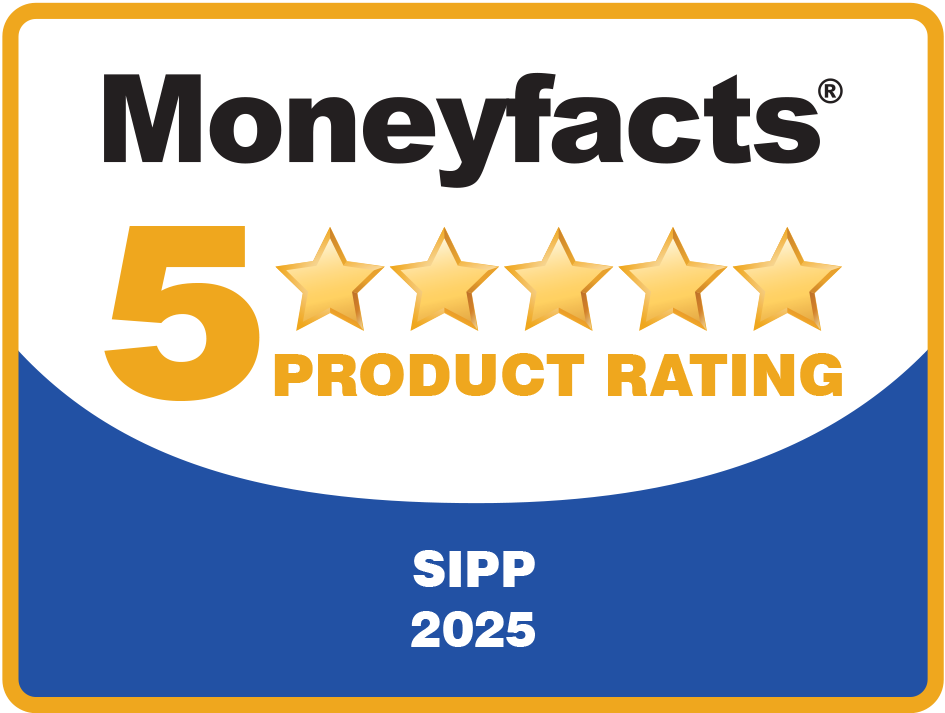3 useful scenarios to show the benefits of SIPPs for estate planning
You recently read about the top 10 considerations when it comes to planning for death benefit distributions from a SIPP.
When we speak with advisers about this topic, there is often a good level of knowledge in the technical aspects of this area of advice – for example, the tax implications.
Where we find ourselves spending more time is helping planners to understand what payment of death benefits from a SIPP looks like in reality. Moreover, many planners want to explore the flexibility that this area of the legislation allows and where this can benefit both their client and their potential beneficiaries.
Below, you can read some practical scenarios based on circumstances we have seen when working with our financial planner clients.
Death before age 75, multiple beneficiaries
Bradley died aged 72 with a SIPP valued at £500,000. It was invested in a managed portfolio.
He was single at the time of his death and had nominated his two children, Joanne and Rachel, as the majority beneficiaries to his SIPP (49% each) and his two grandchildren, Howard and Tina, as minority beneficiaries (1% each).
As Bradley died before the age of 75, any distributions from the SIPP would be tax-free, subject to a test against the LSDBA. The LSDBA did not apply in this instance, and Bradley had not taken any lump sum benefits from his pension savings.
However, just because distributing benefits from the SIPP would be tax-free, it doesn’t necessarily mean that this is the right course of action for the beneficiaries.
Instead, they could keep the benefits within a SIPP structure where they would continue to grow free of any Capital Gains Tax (CGT). Additionally, yields on investment would not be subject to Income Tax and the benefits would remain outside of the beneficiaries’ estates in the event of their deaths.
Joanne was entitled to £245,000 of Bradley’s SIPP. She elected to receive a £45,000 tax-free death benefit lump sum, which was paid to her by the SIPP provider with the balance left in the SIPP.
Her financial planner invested this in a portfolio on her behalf. Joanne also completed a successor’s nomination form, so it is clear who these benefits should be paid to in the event of her death.
Rachel decided that she wanted to forego her entitlement to the benefits left to her by Bradley and instead pass these on to her children, Howard and Tina.
So, as well as the £5,000 that Bradley directly left both Howard and Tina, Rachel’s decision to pass the benefits she was nominated to receive to Howard and Tina means that both grandchildren received a further £122,500 each (half of the 49% Bradley had left to Rachel). Importantly, this would not have been possible without Bradley’s original nomination.
As both Howard and Tina are minors, it was decided to keep the full amounts within SIPPs on their behalf, to be managed on a long-term growth basis.
However, these benefits would continue to be tax-free death benefit lump sums to Howard and Tina should they ever decide to draw these in the future.
Death after age 75, managing distribution
Dawn had accumulated a SIPP worth £375,000 by the time she died aged 79. She had been in flexi-access drawdown at the time of her death and had been receiving £18,000 each year as income, paid monthly.
Her sole nominated beneficiary was her husband, Tim. Tim also had a SIPP and was receiving flexi-access drawdown income of £36,000 a year, paid monthly. As well as his flexi-access drawdown, Tim received £12,000 a year in rental income from a personally owned buy-to-let, giving him a total income of £48,000 a year.
As Dawn was over 75 when she died, any benefits Tim draws from the SIPP will be subject to tax at Tim’s marginal rate. There would also be no test against the LSDBA as Dawn died after the age of 75.
Tim’s income situation has not changed as a result of Dawn’s death. He still has a small amount of his basic-rate Income Tax threshold that he can use.
However, it does not matter whether the small additional amount he can draw at basic-rate Income Tax is drawn from his own SIPP as flexi-access drawdown or the benefits as the nominated beneficiary of Dawn’s SIPP.
The key thing for Tim is to ensure that any withdrawals stay within the 20% tax bracket. His financial planner continues to manage the investments within both SIPPs, as previously agreed.
Using SIPPs as part of intergenerational planning
Clive and Susan Jones have two SIPPs that hold the commercial property from which the family business operates.
The assets in the SIPPs are owned on a 60/40 basis. Their children, Tom and Alexandra, are directors of the company but do not have any involvement with the property or the SIPPs.
The property is worth £300,000 and there is no mortgage. Clive and Susan also have an investment portfolio within their SIPPs valued at £100,000 each.
After taking their pension commencement lump sum, and following discussions with their financial adviser, they decide to take the rental proceeds received by the SIPP as income. The annual rental value is £25,000 meaning that Clive receives £15,000 (60%) and Susan receives £10,000 (40%) as drawdown income from their SIPPs.
They are taking monthly income that is taxed at 20% as they are both basic-rate taxpayers.
Susan passes away at age 67
Susan nominated Clive as the sole beneficiary of her SIPP. Rather than take the benefits out of the SIPP as a lump sum, Clive elects to retain these in the SIPP. This is mainly because the majority asset in Susan’s SIPP is the commercial property that the business is trading from.
What this means is that Clive is now the sole beneficiary of the property and the rental income. At the next meeting with the adviser, they decide to stop income withdrawals from Clive’s SIPP as he is now able to take benefits free from tax from Susan’s entitlement, as she died before the age of 75.
Upon Susan’s death, Clive updates his death benefit nomination details for his SIPP. He nominates Tom and Alexandra to be the equal beneficiaries to his SIPP, as well as the successors to the benefits originally held by Susan.
A few years later, Clive dies aged 72
In accordance with the death benefit nominations completed after Susan’s death, Clive’s SIPP and the benefits he held in respect of Susan’s original SIPP are split equally between the two children.
Outside of the SIPP, Tom (age 35) and Alexandra (age 32) now become directors of the company. Their priority is to ensure that the business continues to have premises from which to operate.
When it comes to the payment of the death benefits, both children establish a SIPP into which their 50% entitlement to Clive and Susan’s SIPPs is paid.
Effectively, Tom and Alexandra have each retained 50% of the property and investment portfolio within the tax-efficient pension wrapper.
Both Tom and Alexandra decide they would like to receive £1,000 a month from their SIPPs. As Clive passed away before his 75th birthday, these withdrawals can be paid to Tom and Alexandra tax-free.
Two years later, Tom decides that he would like to receive a £30,000 lump sum from the pension to put towards a new house purchase. Again, this can be deducted tax-free from either the nominated beneficiary or successor benefits (from the non-property assets in the SIPP).
Get in touch
If you’d like to chat about the benefits of a SIPP for intergenerational planning, please get in touch.
Email info@ipm-pensions.co.uk or call 01438 747151.



